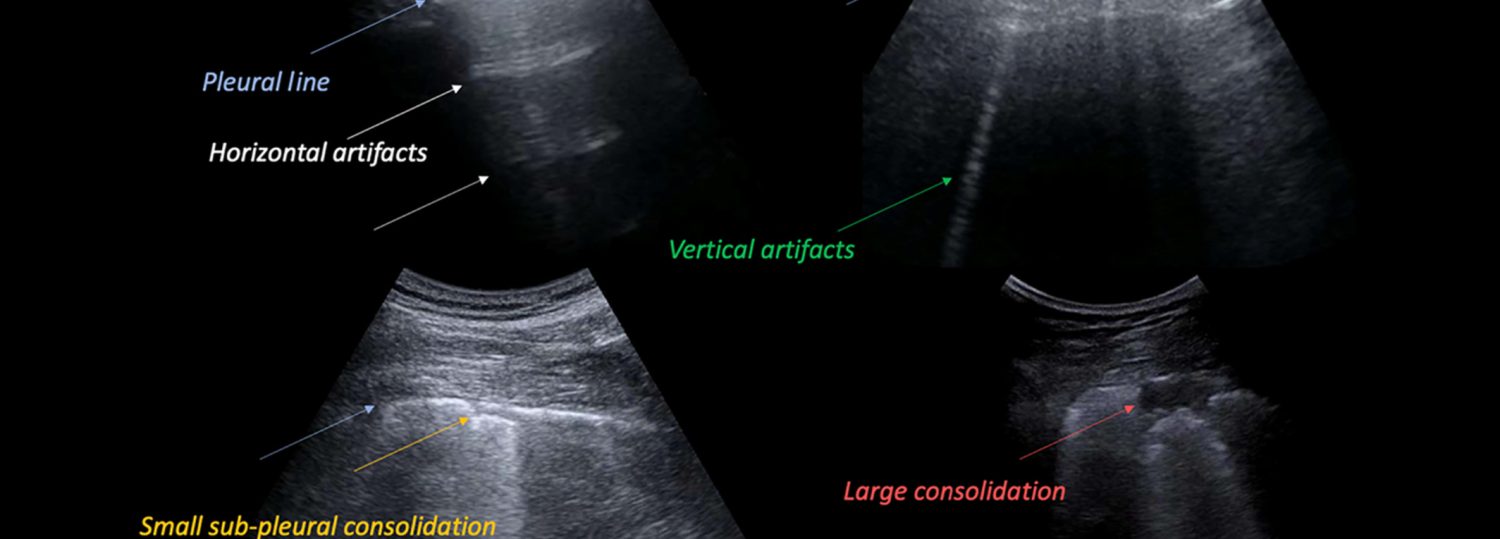An Associate Professor from the Mechanical and Aerospace Engineering Department at NC State University co-authored a consensus article in August that sets out to establish procedural standards for the use of lung ultrasound (LUS).
Dr. Marie Muller, whose research focuses on medical ultrasound and ultrasound propagation in complex media, was among 21 experts in the field that came together to develop, review and verify a compilation of statements about the clinical use of lung ultrasound technology that agreed upon among the community.
The team of researchers set out to identify these statements not only to bring awareness to the need for practical standards for lung ultrasound technology, but also to allow them to serve as a resource for policymakers and industry professionals in hopes of implementing tangible guidelines and mandates for the practice in the future.
It has been 10 years since the first international consensus on the use of lung ultrasound was published in 2012, and the recent consensus article is intended to account for the last ten years of growth and development in LUS and advise the scientific community at both the technical and clinical levels.
“The reason this paper is important is because it was developed by clinical people who know what they need, and technical people who know the limitations of the technology,” Muller said about the articles value. “It’s a consensus, it’s what the LUS community has agreed to as of 2022. It’s not just any research paper, it has the potential for an international impact.”
According to Muller, the article was needed not only because of the lack of community consensus over the last decade, but also because LUS is a relatively uncharted practice as ultrasound technology was not originally intended for use within the lungs. Muller contends that despite this, LUS has been used before, specifically in the context of COVID-19 patients.
“Ultrasound scanners are not designed to be used in lungs to a point where the basic laws of physics that ultrasound imaging relies on do not hold true in lungs,” Muller said. “Without realizing these physical and technical limitations, clinicians have spontaneously used ultrasound to evaluate lung diseases. Especially during the first waves of COVID, there were so many patients that needed to be triaged and evaluated quickly. And yes, lung ultrasound doesn’t fit the basic principles of ultrasound imaging – but it’s not irrelevant – it just needs to be done properly.”
Muller and her co-authors identified the need for a set of standards so that LUS could in fact be done properly, and thus the consensus paper came to fruition.
Among the 21 experts that wrote the article, each of them wrote statements that they felt were most relevant to the LUS research community with the intention of developing the inspiration for guidelines to LUS use in the future. Each researcher then selected 10 more people that they trusted within the community to rank the statements based on importance and review the content of each statement.
Following the communities review of the statements, the original researchers distilled 20 concise statements from their original drafts and wrote corresponding descriptions and applications for each statement. The statements range from very general to very specific, and are classified as safety, technical, clinical or educational statements.
On one end of the spectrum, one simple clinical statement in the final body of work is as follows: “LUS is feasible and useful in general/family medicine.”
On the other end, one more specific technical statement from the article reads: “In the current definition, B-line artifacts represent a wide variety of patterns. It is crucial to understand the physical origin of their genesis and to characterize the signals responsible for their visualization. This is a fundamental step toward the development of quantitative US modalities dedicated to the diagnosis and monitoring of lung diseases.”
The statements encompass a broad range of topics and generally agreed upon ideas that the researchers hope will guide policy on both a large and small scale all over the world. Click here to read the full article.
